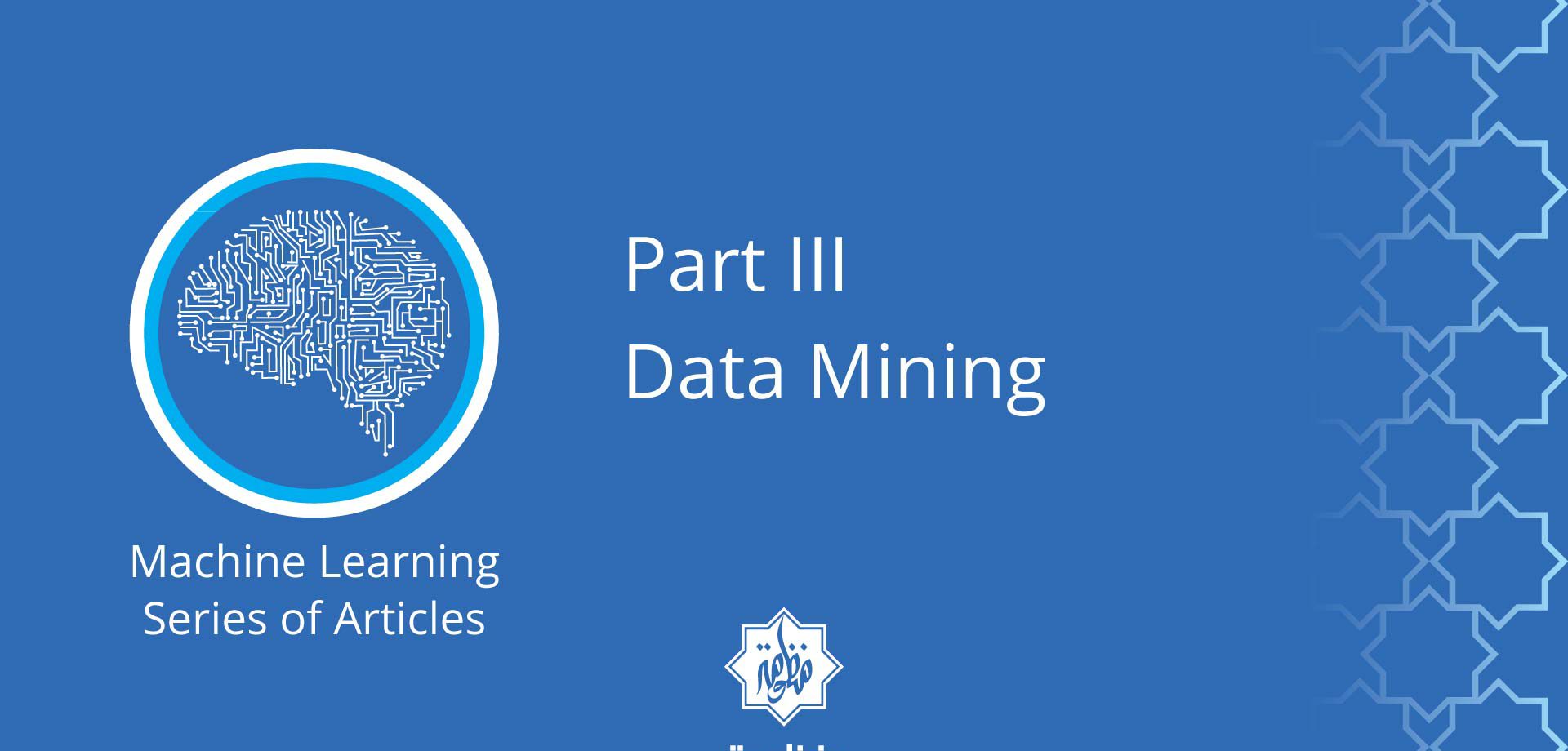Now we have the data and its statistics.
Statistics can’t give us meaningful patterns by itself but Data mining can.
Data mining is the computing process of discovering patterns in large data sets.
It’s a process used to extract usable data from a larger set of any raw data.
In other word it’s a knowledge discovery.
What data mining do?
We can mine for patterns that occur frequently in data transactions or data structure.
Mining for relations and associations between entities and objects, for example, items frequently purchased together.
Mining for Correlations and hidden relations between unrelated entities
Mining for data/object clusters and grouping similar entities.
Why data mining?
For businesses, data mining is used to discover patterns and relationships in the data in order to help make better business decisions.
Data mining can help spot sales trends, develop smarter marketing campaigns, and accurately predict customer loyalty.
Examples for data mining tasks.
- Forecasting: Estimating sales, predicting server loads or server downtime
- Risk and probability: Choosing the best customers for targeted mailings, determining the probable break-even point for risk scenarios, assigning probabilities to diagnoses or other outcomes
- Recommendations: Determining which products are likely to be sold together, generating recommendations
- Finding sequences: Analyzing customer selections in a shopping cart, predicting next likely events
- Grouping: Separating customers or events into cluster of related items, analyzing and predicting affinities
What’s next?
After we have a model that make sense of data and give us explanations to the extracted statistics.
We can build more advanced models to make automated predictions and recommendations.
This can be done using Machine Learning Techniques.


